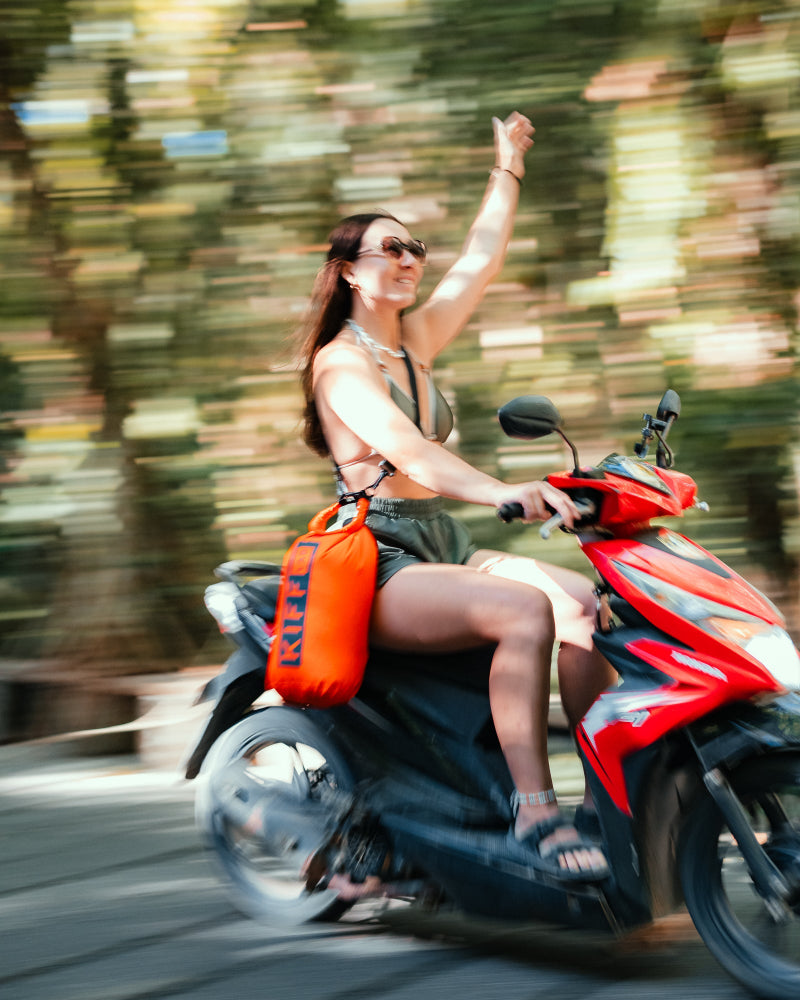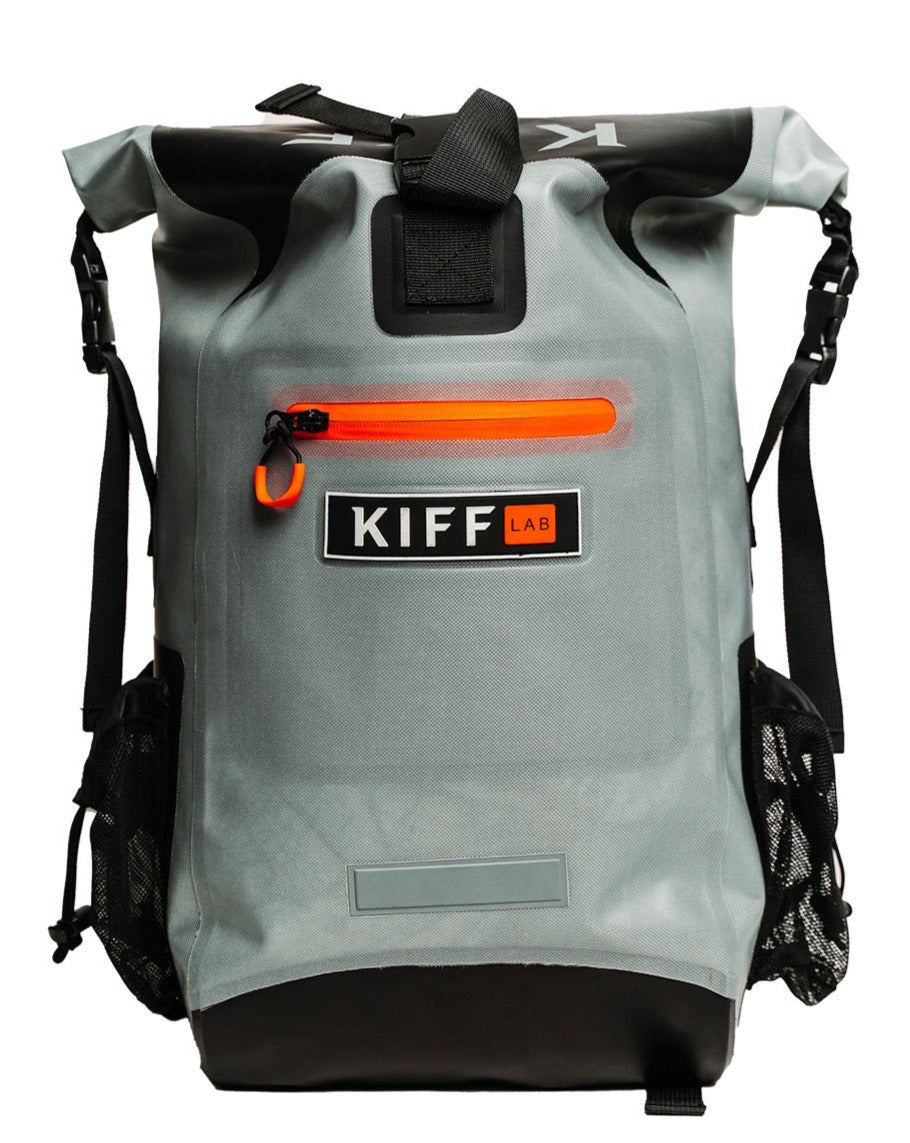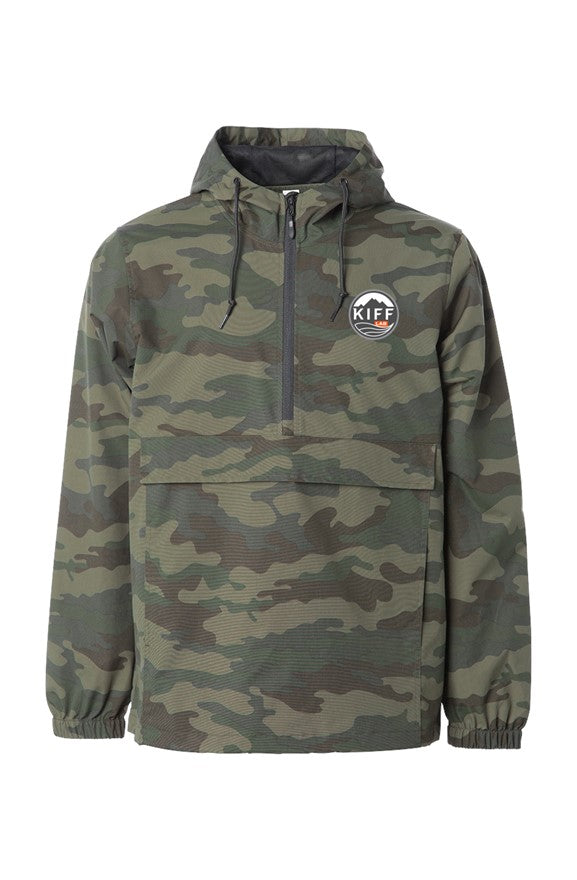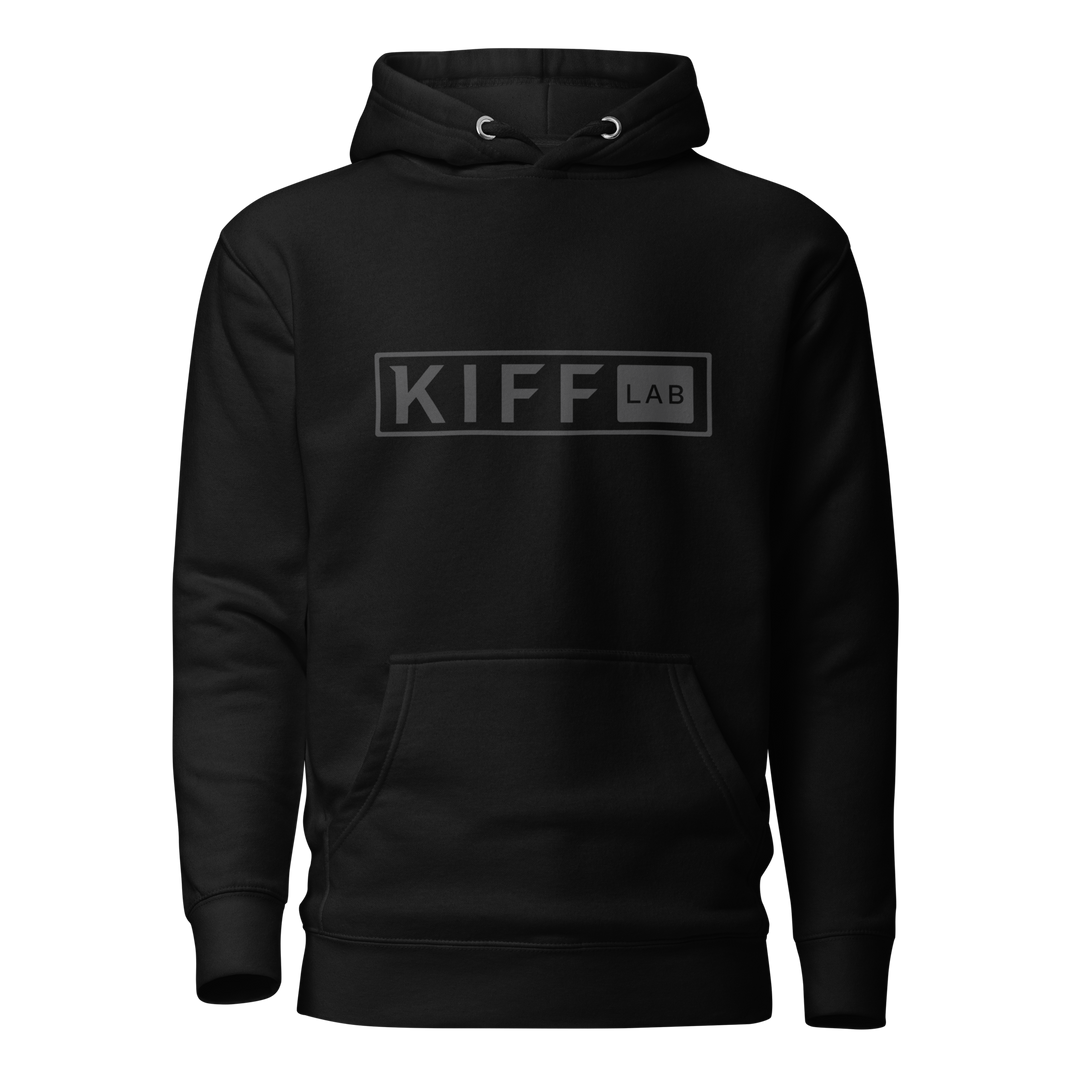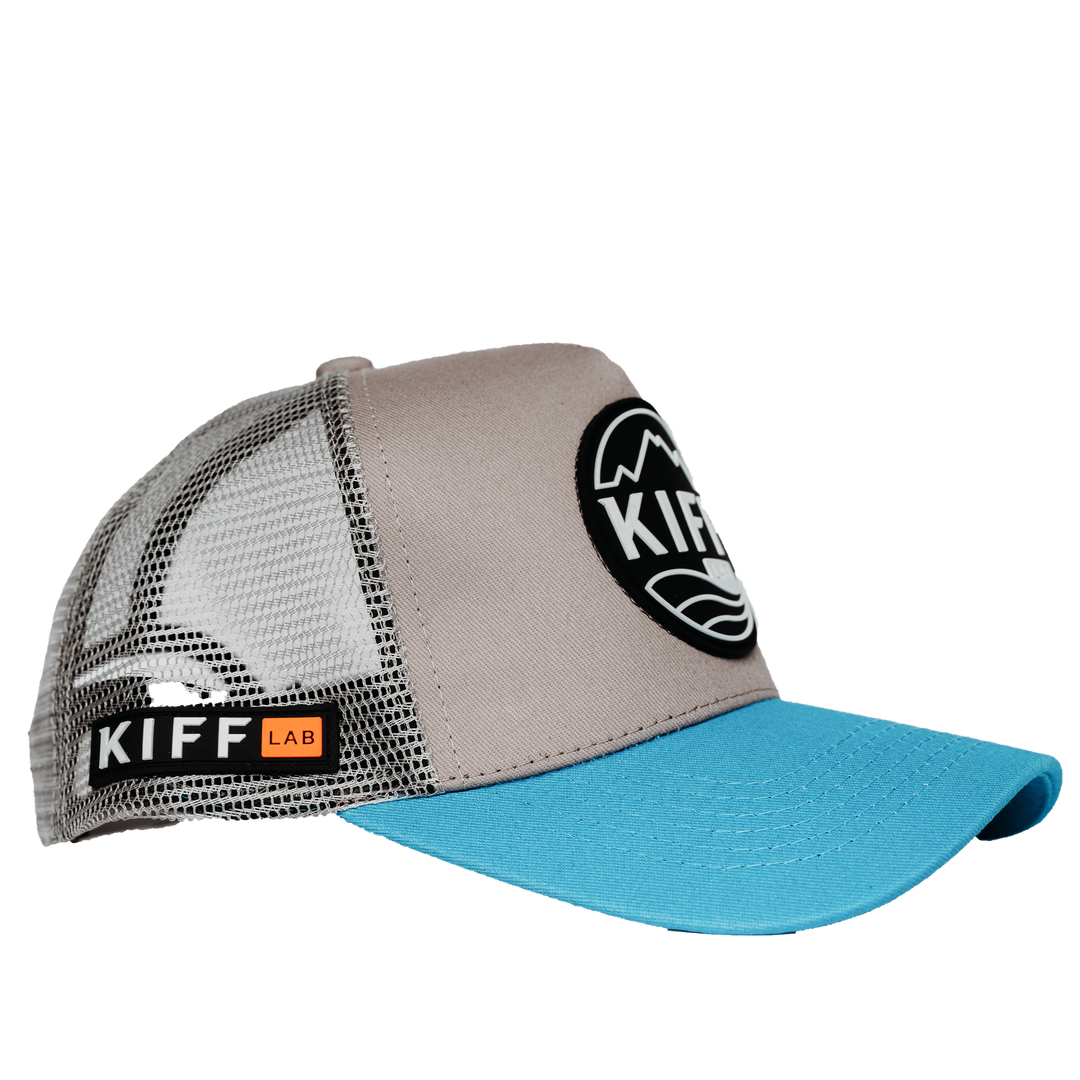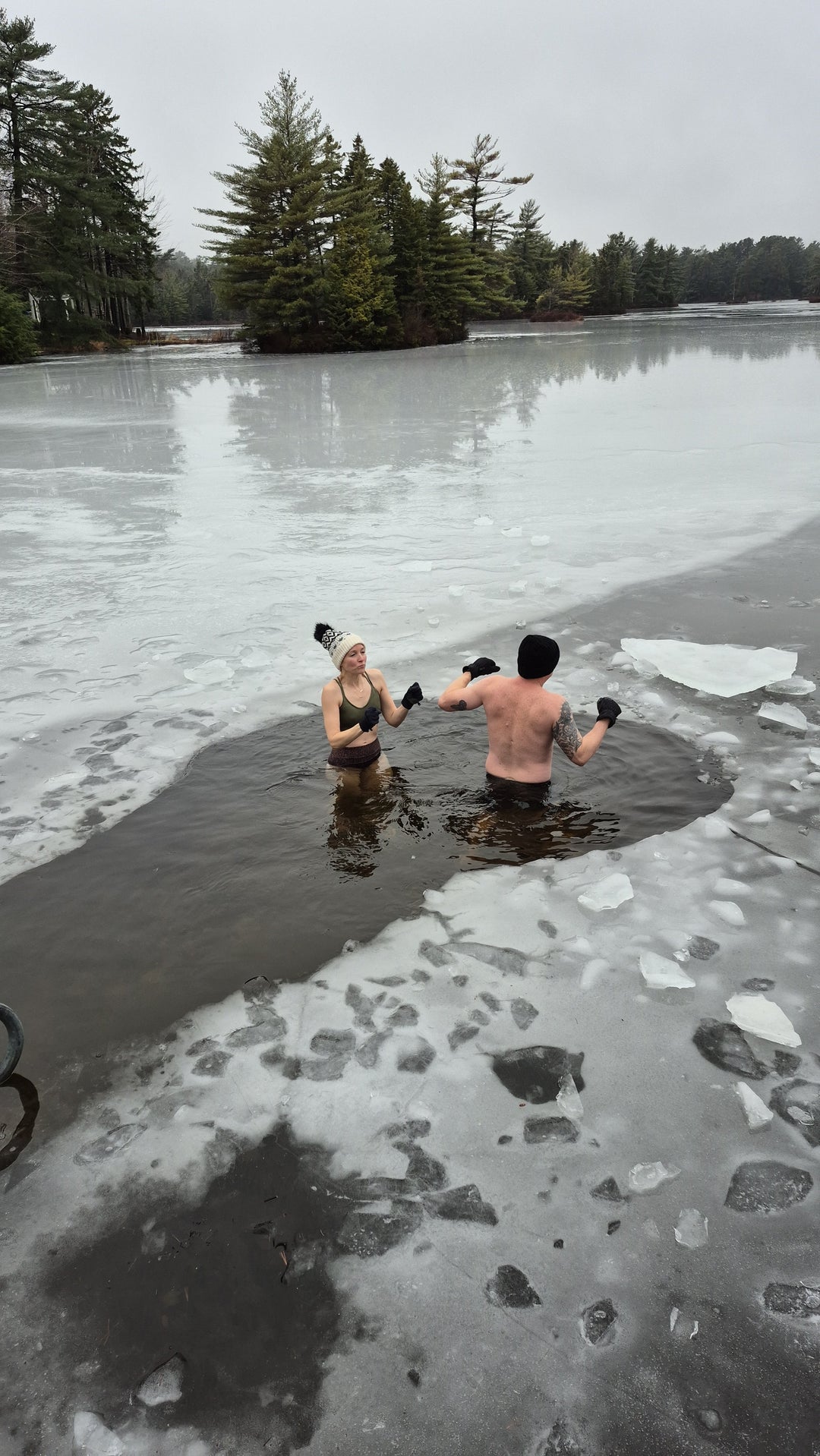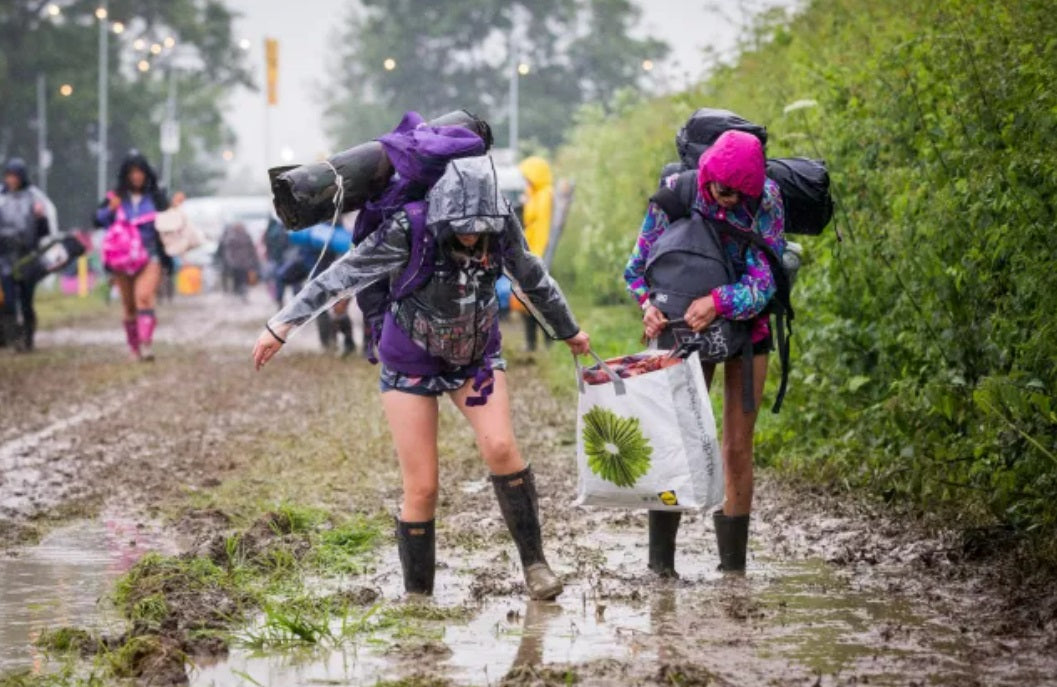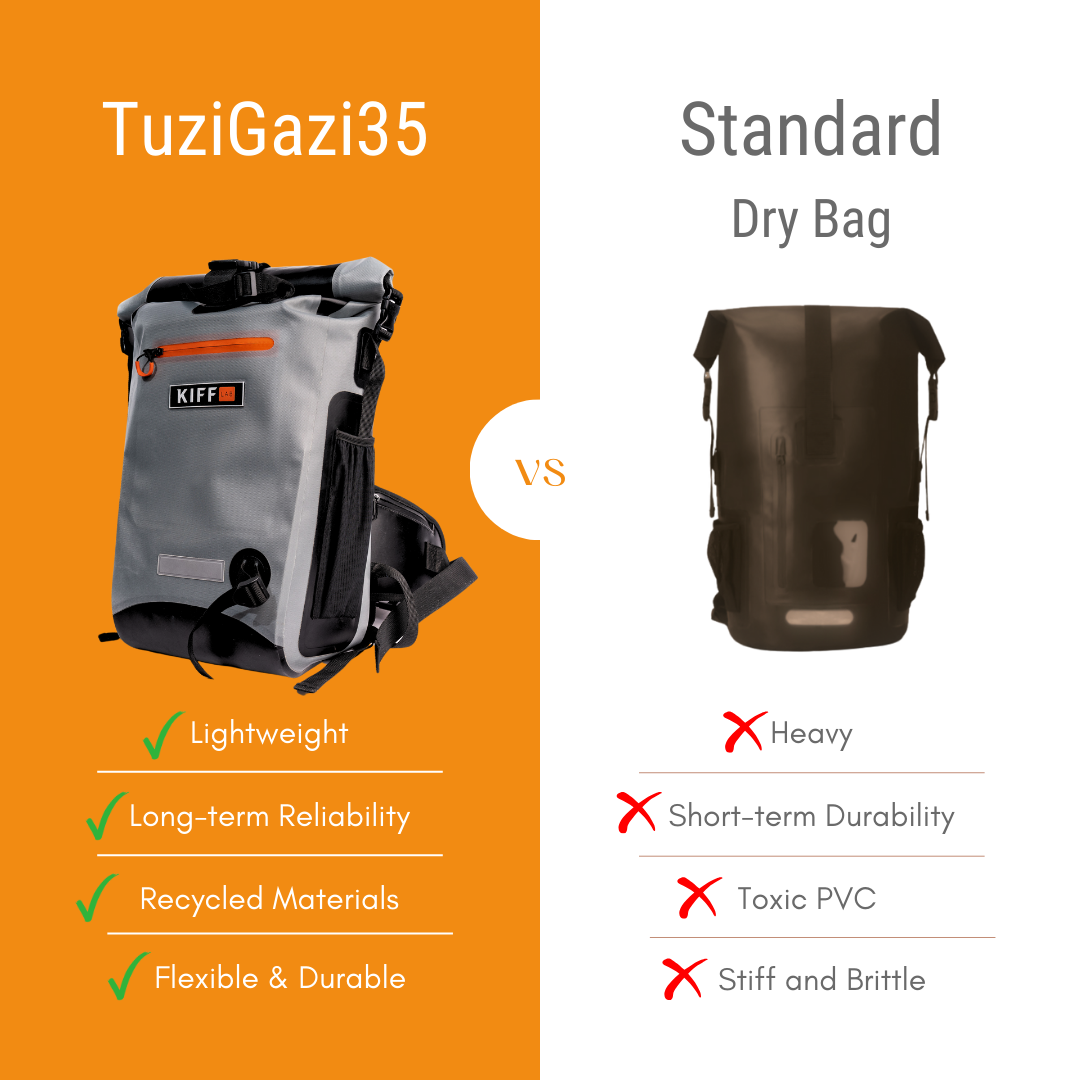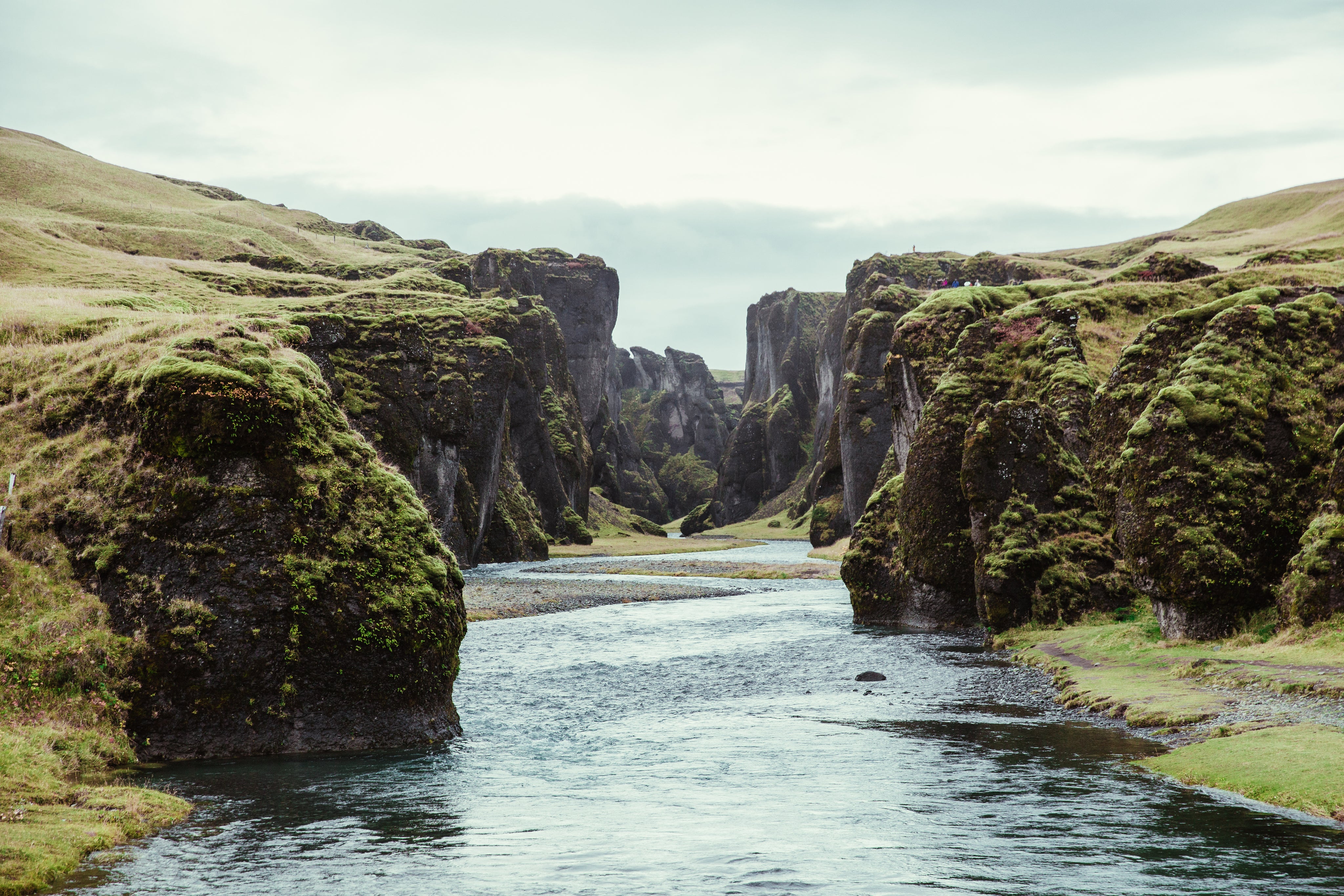The challenges of shooting content on water locations
As a professional photographer, I'm always on the hunt for new and exciting locations to capture stunning images. One of the most challenging yet rewarding environments I've worked in is on water locations. Whether I'm shooting on the open ocean, a calm lake, or a rushing river, there are always unique obstacles that I must overcome to get the perfect shot.

First and foremost, water is an unpredictable element. Even the calmest of lakes can have unexpected ripples or waves, making capturing a steady shot a real challenge. In addition to the natural movement of the water, I must also contend with watercraft traffic, wind, and weather conditions that can change in an instant. It takes great skill and experience to anticipate and adapt to these constantly shifting variables.
Another significant challenge of shooting on water locations is the need for specialized equipment. My camera gear must be waterproof and able to withstand the elements, and I need to have a variety of lenses and filters to accommodate different lighting conditions and distances from my subject. I also need to have a variety of boats and watercraft available to me, depending on the location and type of shot I'm after.
Protecting my gear is always a top priority when shooting on water. After all, water and expensive camera equipment don't exactly mix well! There are several strategies I use to keep my gear safe and dry.
First and foremost, I always make sure to use waterproof cases and bags for my camera gear. These cases are designed to keep water out and protect my equipment from getting wet, which is essential when working on or near water. I also use dry bags and dry boxes to keep my gear safe during transport or when not in use.
Another important strategy is to use lens hoods and filters. These accessories can help protect my lenses from water droplets and spray, as well as reduce glare and other unwanted reflections in my images. I also make sure to have lens cloths and wipes on hand to clean any water droplets or smudges that may get on my lenses.
In addition to using specialized gear, I also take precautions to avoid getting my equipment wet in the first place. For example, I always keep my camera bag on a dry spot or elevated position, away from the edge of the water. I also use lens caps when not in use and keep my camera straps securely around my neck or wrist to prevent accidental drops or falls.
I make sure to always have backup gear on hand, just in case. This means having extra batteries, memory cards, and even a spare camera body, so that I can keep shooting even if something does happen to my primary gear.
One unique example of how I protect my gear is when shooting from a kayak. I use a specialized camera mount that attaches to the kayak, keeping my camera stable and secure even in choppy water. I also use a leash to keep my camera attached to the kayak, just in case it gets knocked out of my hands.

Of course, the safety of myself and my crew is always a top priority when shooting on water. I take great care to ensure that everyone is wearing appropriate safety gear, including life jackets and other flotation devices. I also ensure that we follow all applicable rules and regulations for the waterway we are working on, and I take extra precautions when working in areas with dangerous currents or wildlife.
Despite all these challenges, the rewards of shooting on water locations are immeasurable. There is something truly magical about being out on the water, surrounded by the natural beauty of the world around us. When I'm able to capture that beauty in my images, it's incredibly fulfilling. Whether I'm shooting a kingfisher dive bombing a fish or a peaceful sunset on a quiet lake, each shot is a testament to the power and majesty of the natural world.



